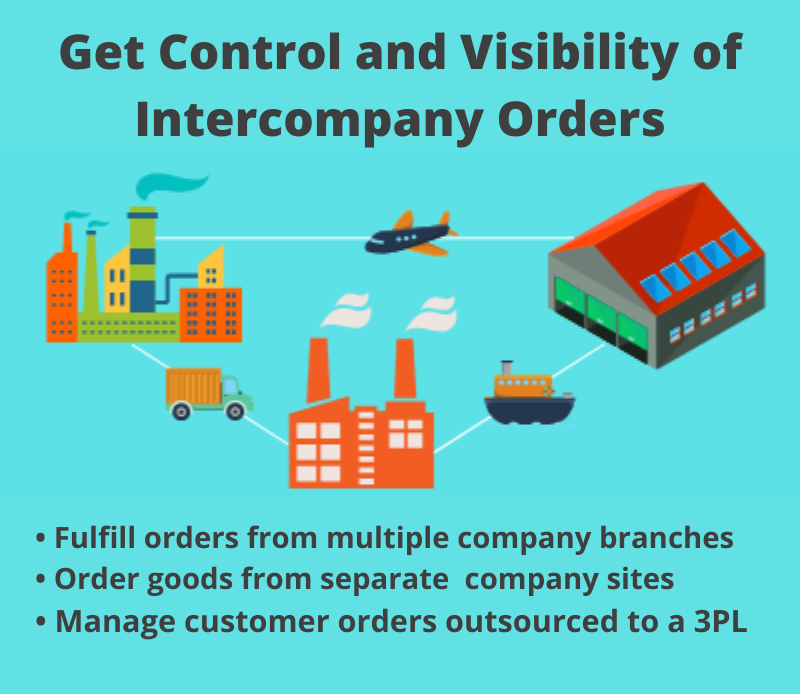
Many organizations find that their customers want more than just off-the-shelf products. Customers are asking for the ability to order products that are customized for their needs.
This customer demand coupled with supply chain disruptions and a need to drive down costs has prompted many manufacturers to consider a make-to-order (MTO) production strategy.
The MTO approach uses the confirmed Sales Order as a trigger for producing the product instead of the build ahead and inventory process of the make-to-stock model. MTO makes it convenient for your customers to purchase products customized to their exact specifications.
Advantages of an MTO strategy
Since orders produced are already sold, manufacturers don’t have to carry unsold finished goods inventory. Unsold units have the waste from the materials used to make them and the labor that went into making them. In MTO, since products are already sold, waste and loss are minimized.
In MTO, product changes to existing units do not require retrofitting or obsolescence of finished goods in inventory. The subsequent units in production can include the approved changes.
This has a positive cost impact on warehouse space, staffing, cash flow, and tax liability.
Customer satisfaction increases in the made-to-order environment because the product is made according to the customer’s specifications. Your organization will earn a niche in your market because your products are customized compared to make-to-stock companies.
Disadvantages of MTO
Companies considering MTO should be aware of some disadvantages and plan for them.
First, there will not be a ready supply of units for your customer to purchase, so if demand is strong, the lack of current availability may result in lost sales.
Second, lead times are longer for make-to-order products, as are customer wait times.
Both peaks and lulls in business can stress your production process since production is triggered directly by the Sales Order.
MTO also requires closer communication and coordination between buyers, vendors, and production.
Great attention is required to purchasing, logistics, and lead time so that you don’t run into material shortages.
Make-to-order does require some changes to your planning and production process and accurate, robust use of QAD.
 Make sure you join us for our Make-To-Order: The Future of Supply Chain webinar in February. Don Lindsey will speak to the requirements and concepts needed to set up Make-to-Order, Assemble-to-Order, or validatable versions of specific products made to customer specifications.
Make sure you join us for our Make-To-Order: The Future of Supply Chain webinar in February. Don Lindsey will speak to the requirements and concepts needed to set up Make-to-Order, Assemble-to-Order, or validatable versions of specific products made to customer specifications.




